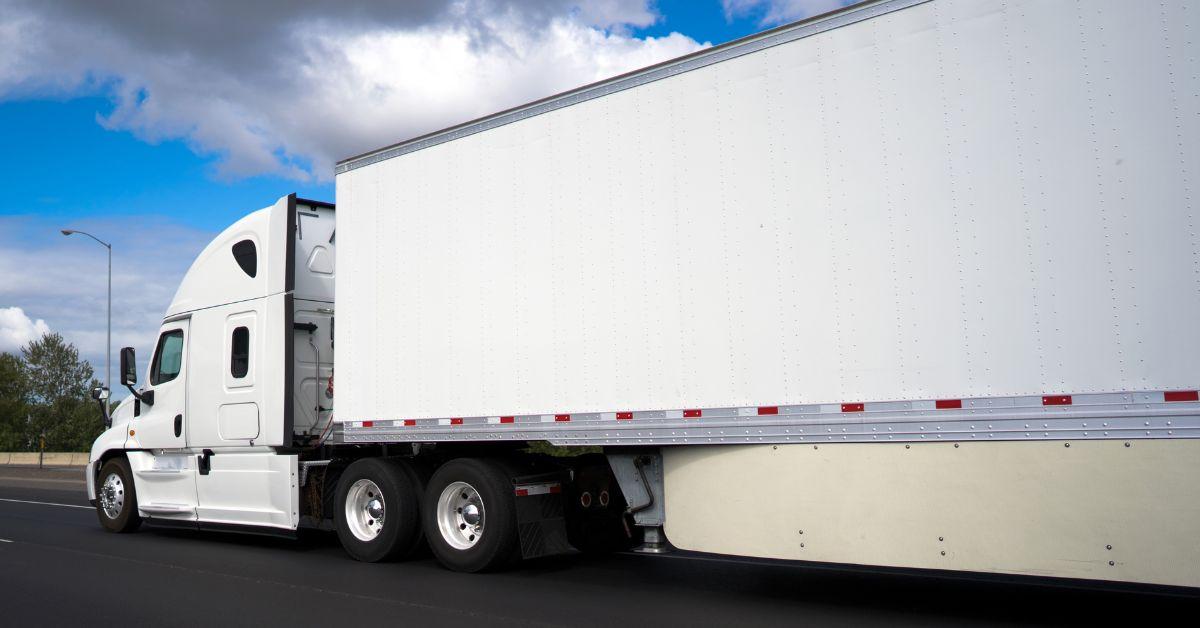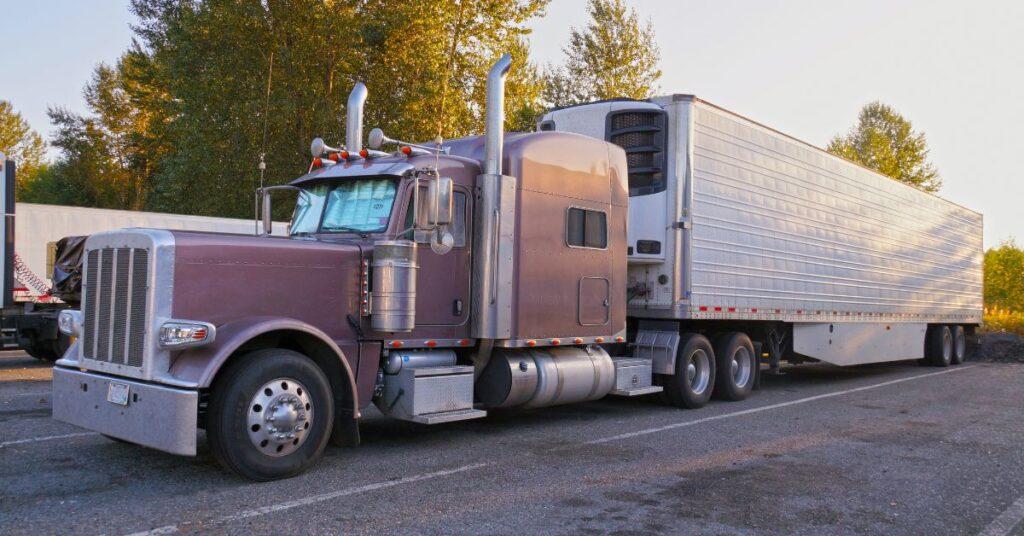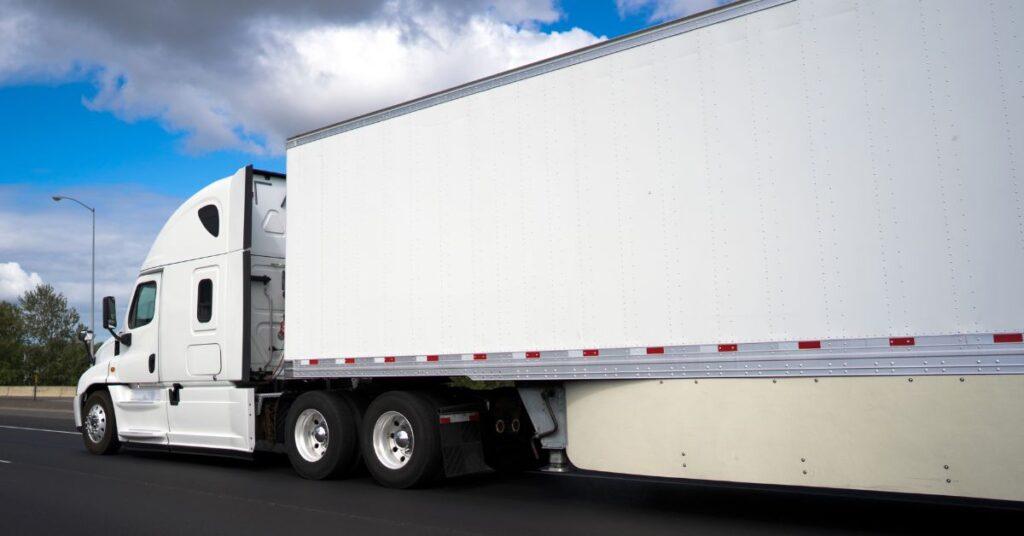
Leasing vs. Renting Semi-Trailers: Which To Choose
Deciding how to acquire semi-trailers is a big choice for business leaders in transportation and logistics. These trailers play an essential role in efficiently moving goods. Business owners who are looking to control costs and meet operational demands can choose between leasing or renting. Each approach has its advantages and trade-offs, which can directly affect finances, flexibility, and long-term planning.
Leasing might make sense for supporting stability and low monthly expenses. On the other hand, renting offers quick access and short-term convenience for changing needs. The challenge lies in aligning the options with the goals and priorities of your business.
Our guide breaks down the differences between leasing and renting, complete with practical advice, to help you weigh your options and choose the best solution for your needs.
Key Differences Between Leasing and Renting
Commitment Length
Leasing typically involves signing a long-term contract, often lasting several years, which is ideal for business leaders looking for stability and predictable fleet usage. This long-term nature means the trailers become a semi-permanent part of the operation.
Renting, on the other hand, offers a short-term solution. Contracts can range from a few days to a few months, giving business professionals the flexibility to adjust fleet size quickly without long-term obligations.
Cost Implications
A trailer lease agreement typically involves lower monthly payments compared to renting. However, initial costs, such as deposits and fees, may pop up when entering a long-term agreement. Maintenance, licensing, and taxes may also add to the overall expenditure, though some leasing agreements include these services.
Rentals come with high daily or weekly rates, but the up-front costs are often low, and maintenance is usually baked into the rental fee. Considering the total cost of ownership (TCO) is essential to understand the leasing expenses beyond monthly payments.
Flexibility
Renting allows businesses to bring in more trailers quickly, especially during periods of high demand. It is ideal for seasonal businesses or companies experiencing unpredictable market changes. Leasing offers less adaptability because of the longer agreements, but it may work well for companies with steady transportation needs.
For Example:
A delivery service that experiences a surge during the holidays can benefit from renting. A manufacturer with consistent freight needs likely gains more by leasing.
Maintenance and Repairs
Agreements for commercial trailer leasing transfer the responsibility of maintenance and repairs to the lessee. This means businesses may need to budget for these costs as part of their annual operational expenses. Renting, on the other hand, typically includes maintenance in the rental price. The rental provider handles repairs and upkeep, which eliminates additional headaches for the business.
Renting is appealing to budget-conscious business owners who cannot afford unexpected repair costs. Leasing may require more financial planning, though it can also result in more control over the quality of maintenance or upgrades performed on the trailer.
Availability of Upgraded Equipment
Renting offers immediate access to the latest trailer models, as rental companies frequently update their fleets to remain competitive. Leasing may not provide the same level of access to new equipment. Businesses leasing a trailer for five years, for instance, may still be using it after newer models have hit the market.
If staying on the cutting edge of technology or vehicle improvements matters, renting might be the way to go. Long-term lease agreements could leave you stuck with equipment that no longer meets your respective industry standards or regulations.

Advantages and Disadvantages of Each Option
Leasing Pros and Cons
Leasing provides predictable costs and the possibility of ownership at the end of the agreement. This can be appealing for business leaders seeking stability and tax advantages. Monthly payments are typically lower than rental rates, making leasing an affordable option for long-term use. However, it lacks short-term flexibility and often involves penalties for early termination, creating a challenge for businesses with fluctuating needs.
Renting Pros and Cons
Renting allows businesses to adjust fleet size quickly without needing a long-term commitment. It’s ideal for temporary or immediate needs, offering convenience and access to new equipment. On the downside, daily and weekly rates tend to be higher, and rental programs rarely offer equity in the equipment. Companies may find renting too costly for ongoing or year-round usage.
Scenarios Where Leasing or Renting Makes Sense
Leasing Scenarios
A growing logistics company expanding its operations could benefit from leasing to add permanent trailers to its fleet. Business owners with stable shipping contracts or predictable delivery routes often find leasing a better fit due to the cost stability it offers. Businesses with steady cash flow can handle regular payments while gaining long-term assets.
Renting Scenarios
Retailers facing seasonal spikes, such as increased demand during holidays, may prefer renting. This temporary solution also suits businesses exploring new markets or expanding delivery routes without long-term obligations. Smaller companies or startups with limited budgets may opt for renting to avoid hefty initial investments.
Hypothetical Examples
Imagine a mid-sized logistics firm that leases 10 trailers to improve operations. The commitment aligns with stable shipping volumes, and the monthly costs fit the budget. Over time, the company benefits from predictable payments and reliable access to essential equipment.
On the other hand, a national retailer might rent additional trailers for the two months leading up to the holiday season. By renting, the company can meet the temporary surge without tying up too much capital. After the season, they return the trailers to minimize ongoing expenses.

How To Make the Best Choice
Begin by analyzing how often your business requires trailers and whether demand fluctuates throughout the year. Stable schedules may point toward leasing, while variable needs favor renting.
Next, evaluate cash flow and financial flexibility. Leasing works well for businesses that can commit to long-term payments, while renting suits those operating on a short-term basis. Consider the importance of owning or upgrading equipment down the line.
Finally, review contract terms thoroughly. Ask questions about maintenance responsibilities, penalties for early termination, or inclusions in the rental fee. Making an informed decision takes careful planning, but finding the ideal fit for your operations can unlock benefits and growth potential.
What Now?
The ideal approach to acquiring semi-trailers positions your business for current and future opportunities. Choosing between leasing and renting depends on how your company grows, adapts, and thrives.
Think about the competitive edge you could gain by having the right solution at the right time. Is your business ready to explore new markets or expand its fleet permanently? Do you need quick, flexible solutions for peak demand? Whatever direction you choose, work with a trusted provider like Metro Trailer Leasing.
Now, it’s your turn—what are your top priorities? Flexibility? Stability? Growth? Take stock of where you are and where you want to go, then explore your options to find a solution.